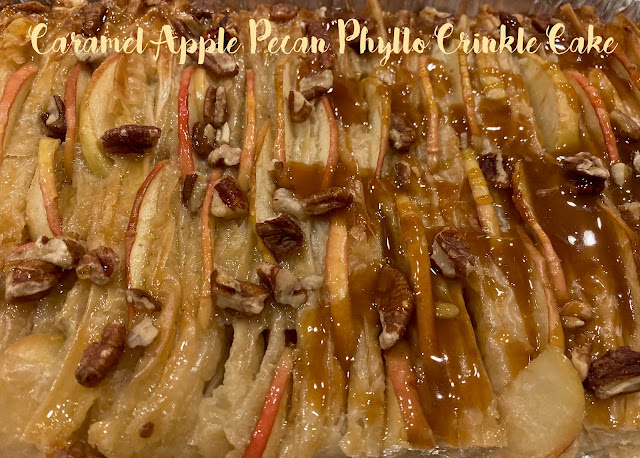Choux Pastry & Profiteroles
Mom and I did another of our Facebook Live events for Tea For All Reasons last night - this time we demonstrated some savory options for tea time, including how to make choux pastry and a couple fillings. Before I get to the recipe, I want to share a classic video of my culinary hero Julia Child. This is from her revolutionary culinary TV show, The French Chef and features her demonstrating how to make pâte à choux or what we call choux pastry. The baked pastry is then called a profiterole when in the round puff shape.
1/2 Cup whole milk
1/2 Cup water
7 Tbsp unsalted butter, cut into 7 pieces
1 Tbsp sugar
1 tsp salt
1.5 Cups all-purpose flour
5-6 eggs, room temperature
1 egg with 1 tsp water, for egg wash
Preheat oven to 400F and make sure the racks divide the oven into thirds. Line 2 baking pans with parchment paper.
In a 2-quart saucepan over medium heat, combine milk, water, butter, sugar and salt. Bring to a full boil, stirring often. Once at a full boil, add all of the flour at once and stir vigorously with a wooden spoon until it gathers into a ball. Keep stirring over the heat until a thin film begins to coat the bottom of the pan - about 30-60 seconds. This ensures the flour gets cooked enough to remove the raw flour flavor from the paste. Remove from the heat.
 |
| The choux has come together into a ball and beginning to leave the film on the bottom of the pan that indicates that the flour is fully cooked |
 |
| Add the eggs one at a time. It takes patience to ensure the eggs incorporate into the pastry fully without adding air to the dough |
 |
| The finished pastry is smooth |
The pastry will still be warm and you want to be sure to pipe or scoop it out on the pans while it is warm. If using the piping method, spoon the pastry into a large piping bag fitted with a 1/2" plain tip. Pipe puffs that are about the size of a quarter (US $.25 coin) onto the parchment-lined baking sheets, about 1" apart. (They do not spread.) If you get a pointy tip at the top, don't worry about it. You can press that down with a finger lightly moistened with water or use your pastry brush when you add the egg wash to gently press that top down. Brush each puff with a little of the egg wash.
 | |
If using a spoon to scoop, gather enough pastry to create a quarter-sized dollop and push it onto the baking sheet with a second spoon to create an even mound. Brush each with egg wash.
You should be able to use all of your choux pastry between the two pans, making approximately 16-20 small puffs per pan.
Bake for at least 10 minutes and then switch the pans on their racks and bake an additional 10 minutes. Watch your times. If the puffs are light after the first 10 minutes, give them another 5 at the high heat before reducing the temperature. Then reduce the temp to 350F and bake for another 5-7 minutes. Check them at the 5 minute mark by tapping the bottom of one of the puffs to make sure it sounds hollow. If not, leave in for the extra two minutes.
 |
| Cooling choux puffs |
Remove from oven and let cool on the pans until room temperature. At that point you can slice the tops off or use a piping bag to add fillings.
Here's a bonus video of Chef Jacques Pépin demonstrating use of the food processor to add the eggs.




Comments
Post a Comment